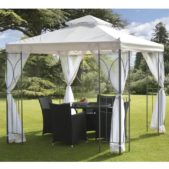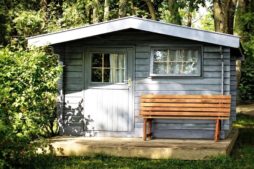Climbing plants look beautiful in any garden, from sunny spots and warm greenhouses to shaded areas and conservatories. And there is a climber for every situation! Many climbers can handle a range of conditions, making them some of the best plants for your garden. So, whether your garden receives full sun, none at all, or a perfect balance, these are the best climbing plants you can grow in your garden.
Climbing Plants For Sun
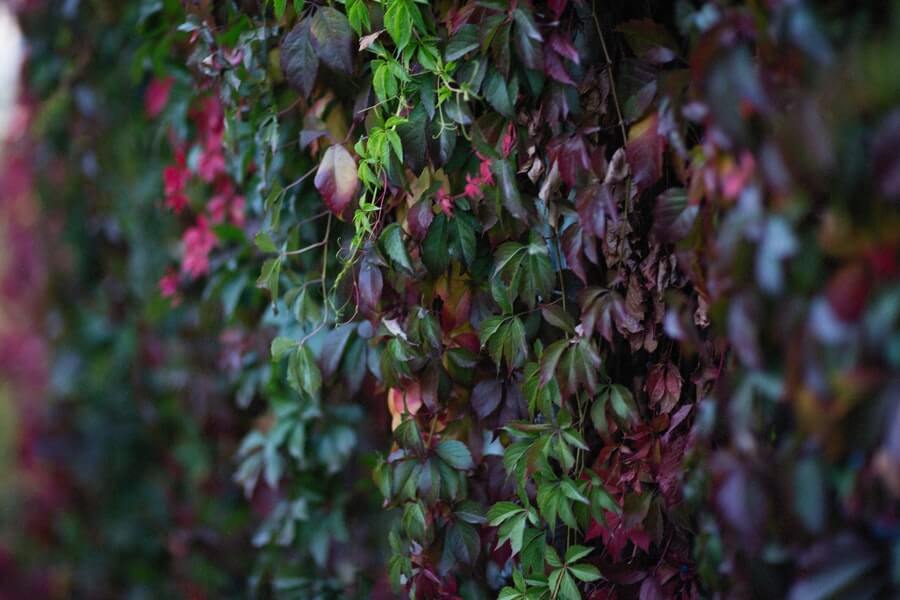
Likes: Plenty of room, free-draining soil, container growing
Dislikes: Shady spots, exposed positions, wintery conditions
South facing locations receive the warmth of the sunshine for most of the day, so you have to be careful what you plant in these hot spots. Luckily, quite a few climbing plants will thrive in the sun. So cover your south-facing walls, fences and supports with some of these heat-loving climbing plants.
Grapevines
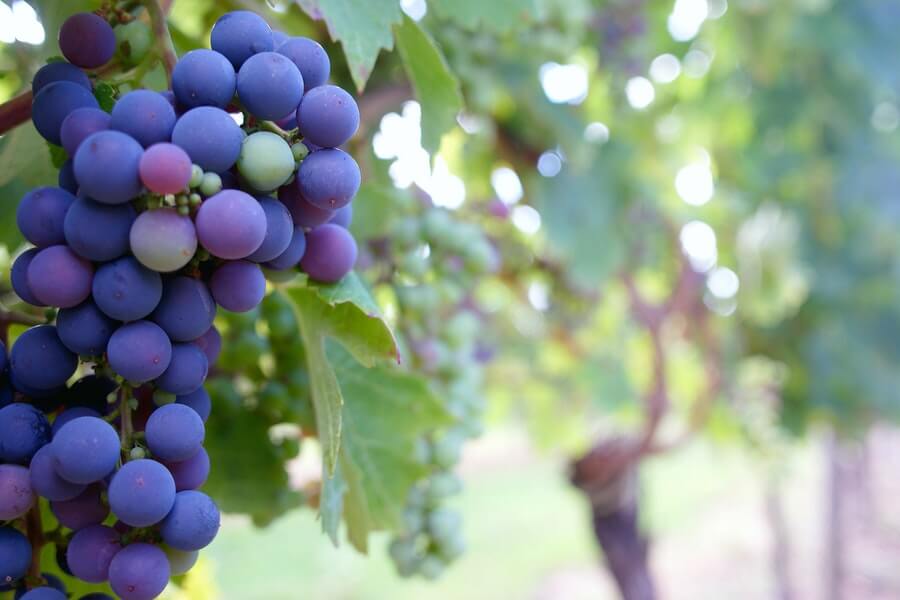
There’s a reason Italy is the most renowned grape producer – grapevines love the sun! They thrive in warmer locations and provide a productive addition to any outdoor space. Grapevines need to be planted in free-draining soil while they are dormant between October and March. If possible, you should plant them straight into the ground rather than a container as they have complicated root systems and will perform better this way. Be sure to grow them with plenty of organic matter for a plentiful harvest in late summer.
Clematis
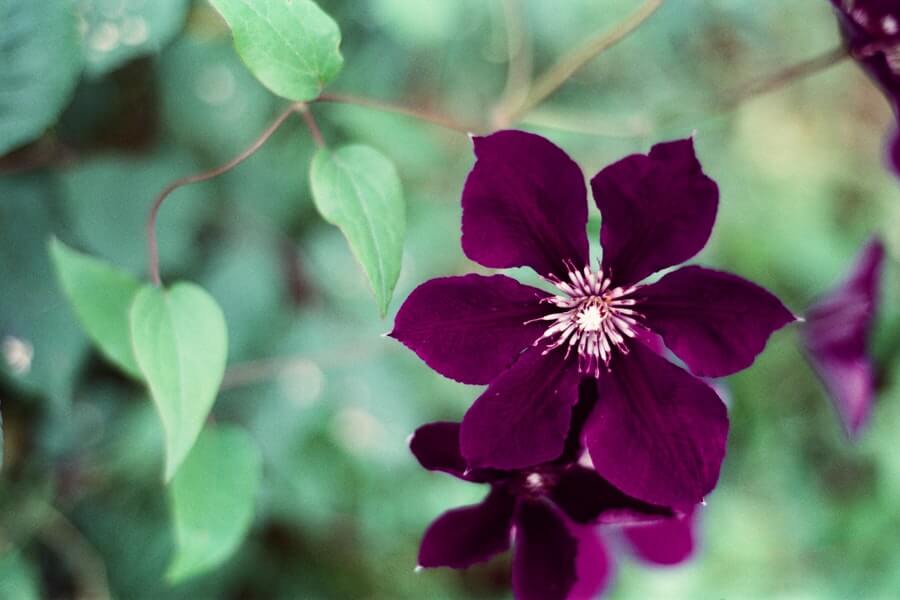
All clematis species will flourish in sunny spots, producing beautiful blooms in late spring to give your garden that aesthetic touch. These plants can reach up to 12 metres if left to grow, so ensure that you plant this climber somewhere with plenty of room. Also, remember that clematis prefers their roots to stay cool. Try and shade the base of the plant with other plants or add a layer of pebbles around the stem.
Wisteria
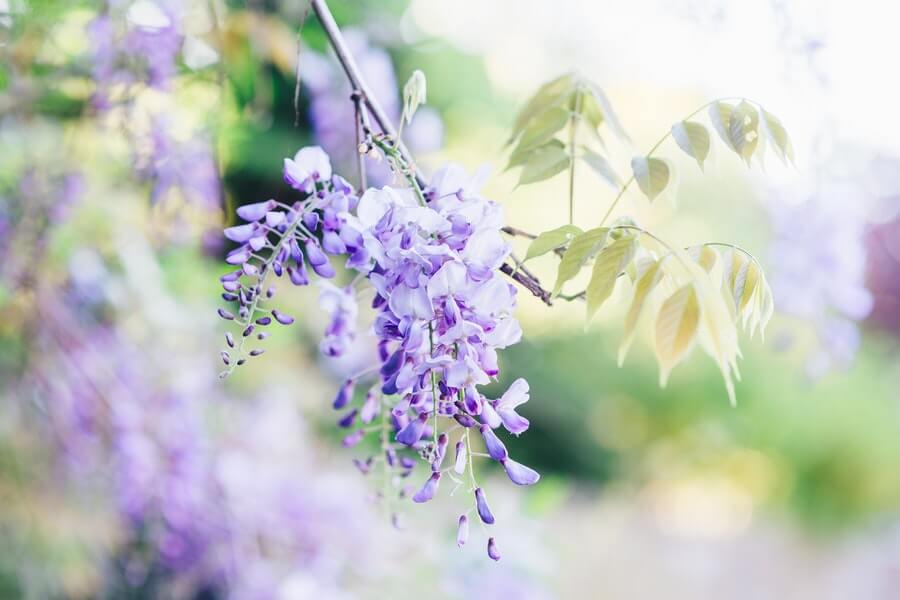
This romantic climber produces fragrant coloured flowers and looks beautiful grown through large trees or against house walls. Alternatively, it is possible to grow free-standing wisteria in a container. However, wisteria can easily grow way over 12 metres, so make sure to give it plenty of room to flourish. The most popular types of this genus are Chinese wisteria and Japanese wisteria, although most species will grow in the proper conditions.
Climbing Roses
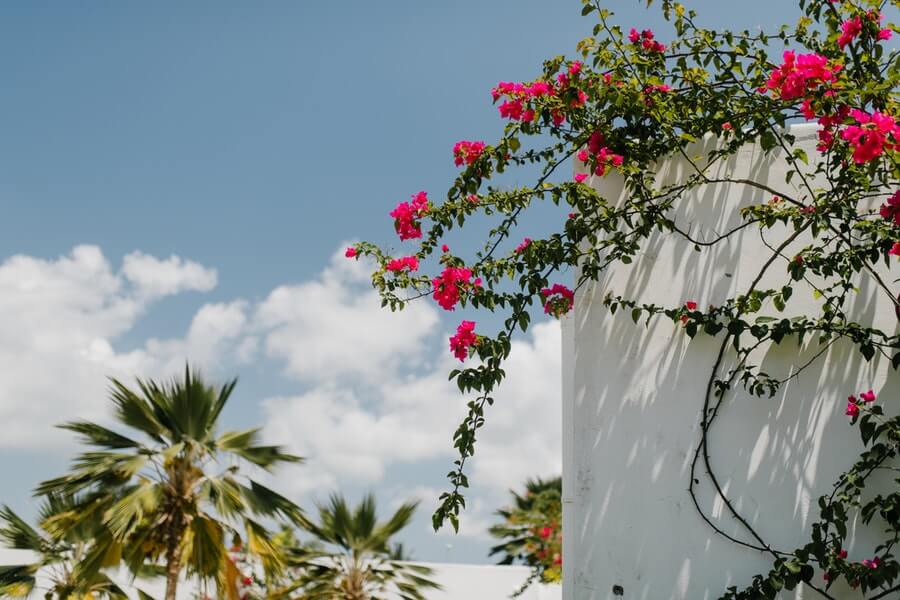
There are many varieties of climbing rose, and all of them prefer warmer conditions. They can spread over 4 metres in fertile soil, although they can tolerate poor soil too. Some varieties may sprout red and purple fruits after flowering, which are edible. ‘Climbing Iceberg’ and ‘Climbing Arthur Bell’ are two types of climbing rose that will look particularly beautiful in the garden.
Honeysuckle

Honeysuckle is a favoured twining climber that fits well on garden trellises and pergolas. It can grow as high as 8 metres and produces red or blackberries. However, most honeysuckle berries are toxic if consumed in large quantities[v], so it’s best to leave these alone. Although it can tolerate full sun, honeysuckle is best planted in partial shade in moist but well-drained soil for maximum growth.
Climbing Plants For Shade

Likes: Shady conditions, moist soil, annual mulches
Dislikes: Harsh sun exposure, being planted too close to the wall
Just because certain areas of your garden don’t get that much sun exposure doesn’t mean they’re completely unusable! Plenty of climbing plants favour shade over humidity, and many others tolerate it perfectly well. North or east-facing gardens will prefer these shade-loving climbers to add a burst of colour to those darker corners.
Ivy

All types of these evergreen climbing plants are perfect for shade, no matter how heavy. Ivy is fast growing and thick, making it suitable for providing privacy or groundcover. Also, ivy is self-clinging, requiring no support to attach to walls or fences. Overall, ivy is a reasonably low maintenance plant, though you must ensure that the soil doesn’t get waterlogged. However, contact with ivy may irritate your skin, so always wear protective equipment while handling[vii].
Chile Lantern Tree
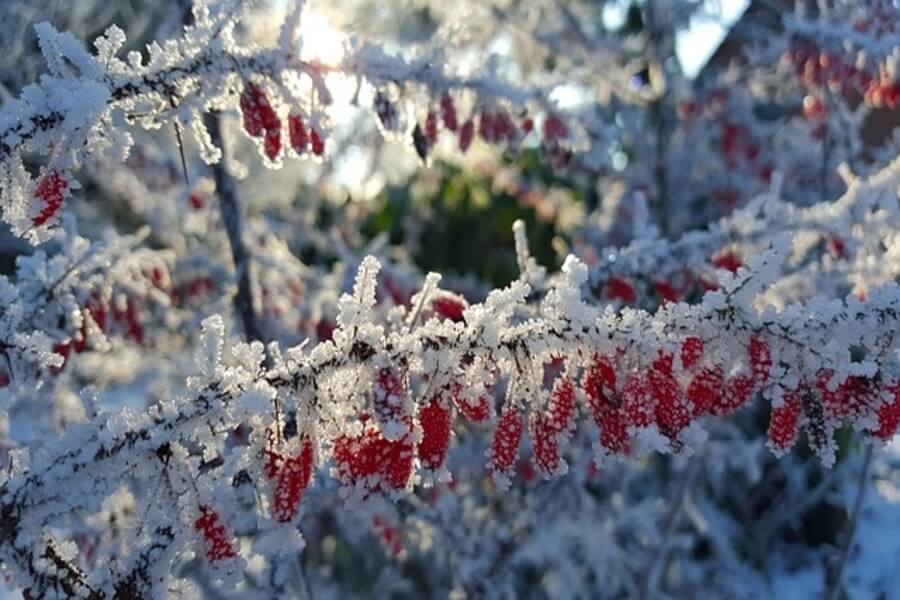
Able to grow up to 8 metres, the Chile lantern tree is a bold climber with crimson flowers that will brighten up the shade. Chile lantern trees prefer a fully sheltered position, although they can tolerate partial shade and even full sun as long as the roots are kept cool. Overall, they are fairly low maintenance, and will flourish in fertile, acidic soil[viii].
Japanese Quince ‘Pink Lady’
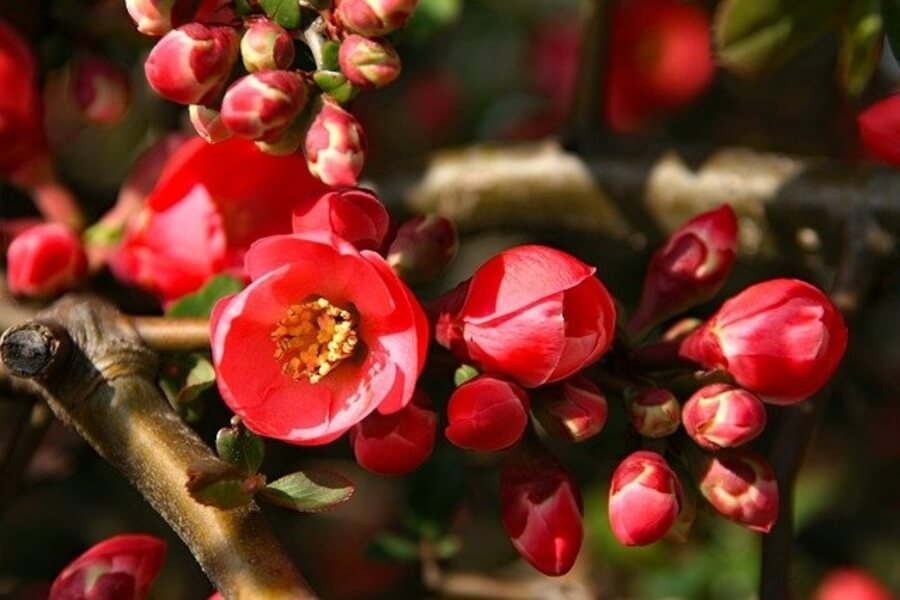
This small shrub doesn’t grow as high as others on this list, but its spreading habit is well worth a mention. The Pink Lady variety of Japanese Quince favours free-draining soil, and will do best in partial shade over full. Pink Lady’s early blooming flowers are susceptible to frost, so it’s important for the plant to get at least some sun. This climber produces small pink flowers and yellow apple-like fruits, which are edible[ix].
Virginia Creeper

The Virginia Creeper is usually used to cover the walls of large houses since its rampant climbing speed means it can grow as high as 20m and spread as far as 10m[x]. This climber bears blackberry fruits, which are edible but can cause stomach upsets. Also, it’s the leaves of the Virginia Creeper that will give your garden that ripe red colour during autumn. The Virginia Creeper will grow in almost any shade conditions in moist but well-drained soil. Ensure that you properly dispose of any clippings and debris in your garden, as they may be invasive[xi].
Star Jasmine
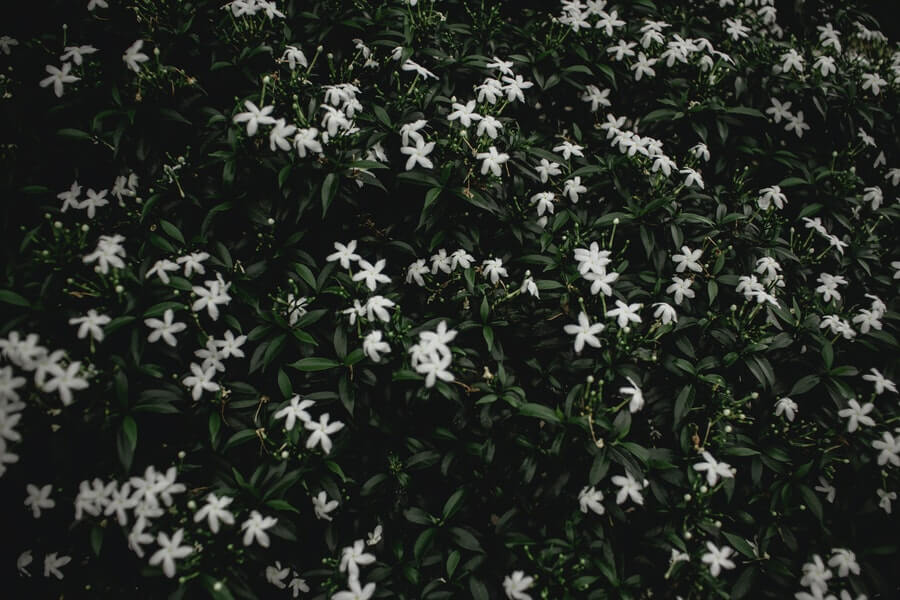
Star jasmine produces fragrant white flowers reminiscent of the plant that gave it its name, and can spread as far as 8 metres. Since it’s a self-twining climber, you should plant star jasmine in partial shade with complete shelter from cold winds which could damage it. Alternatively, you can grow star jasmine in a container. These evergreen climbing plants prefer fertile, well-drained soil and should be planted at least 18 inches away from the base of a wall or fence to ensure it gets enough rain and room to spread[xii].
Climbing Plants For Pots
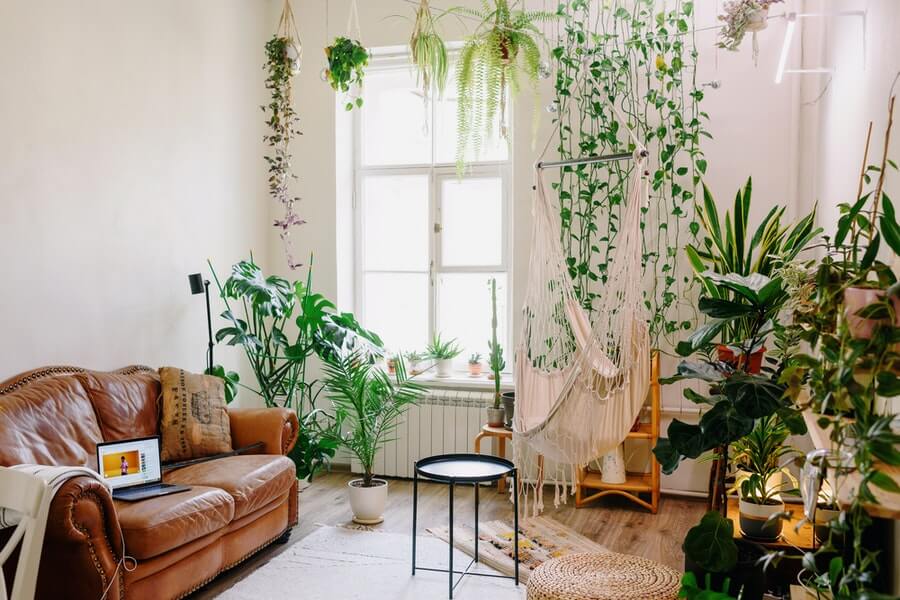
Likes: Partial shade, clay or stony soils, horizontal support
Dislikes: Frost, overly dry conditions, full shade
Although most climbing plants can grow in pots, some are more suitable to the conditions than others. For example, certain varieties of the Virginia Creeper will likely grow too large for a pot to contain. On the other hand, clematis and wisteria are delicate and small enough to survive in a container. These are some of the best climbing plants for pots.
Passion Flower
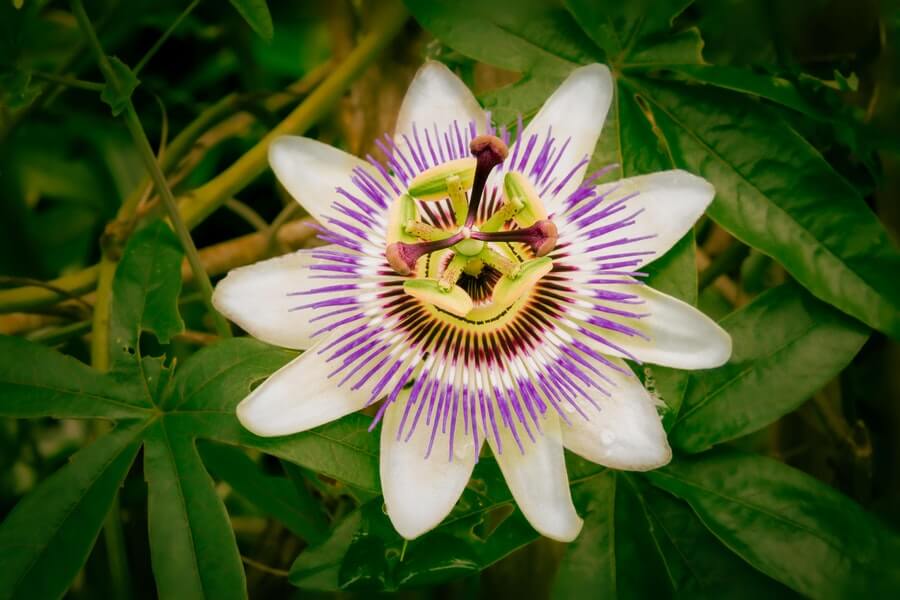
Certain species of passion flower, such as the Passiflora Alata and the Passiflora Adularia, rely on the warmth of a greenhouse or conservatory to grow. These are the perfect types for indoor pot growing. Passion flowers grown in pots can reach heights of 15m in a conservatory. They will require heavy mulching in the winter and plenty of water to keep their roots moist[xiii].
Rose ‘Gertrude Jekyll’
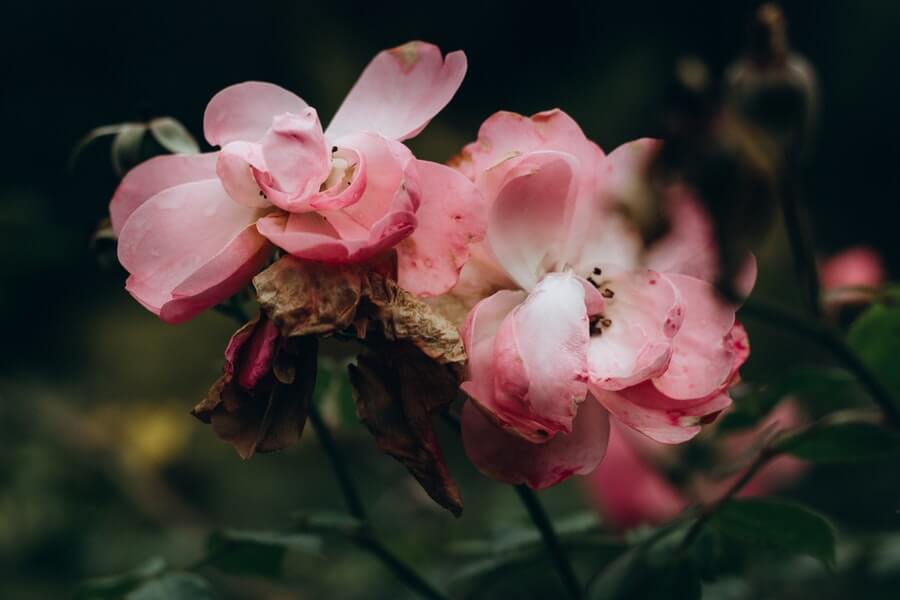
Climbing roses are coveted plants, and the ‘Gertrude Jekyll’ variety means anyone can grow them. This species of climbing rose has a more compact growth, which makes it more adept at growing in dense conditions. However, they will need plenty of watering to make up for this. Rose ‘Gertrude Jekyll’ is only a short climber, with a spread of around 1 metre, but will require planting in a large pot filled with humus-rich soil[xiv].
Campsis
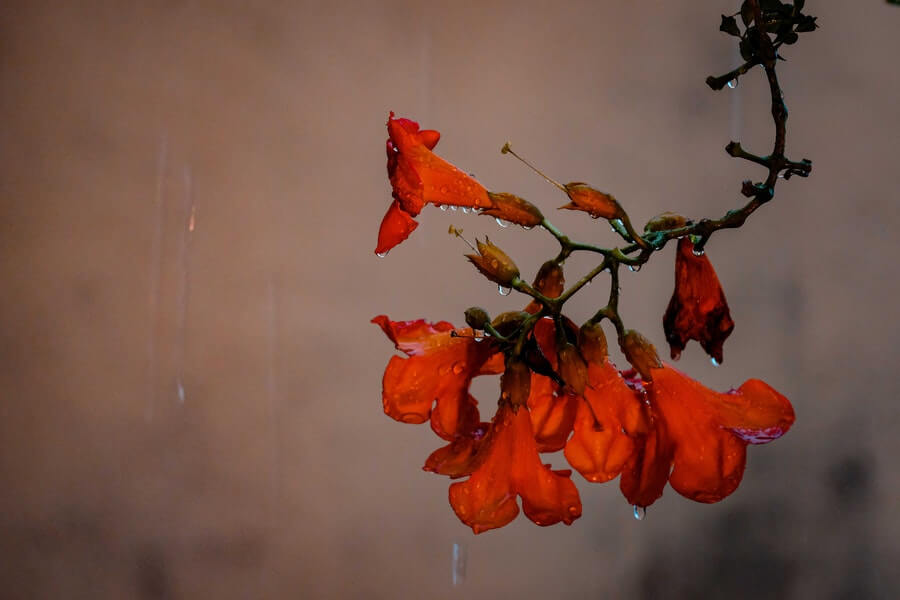
Campsis needs plenty of space and warmth; however, it’s happy in a large container with room to grow against a wall or similar support. Be warned, though, that it may spread as high as 12 metres. Campsis is a fast-growing climber that will require support of at least 4m high and should be kept sheltered from cold winds. For container growing, you may add grit or perlite to improve the soil drainage[xv].
Climbing Hydrangea
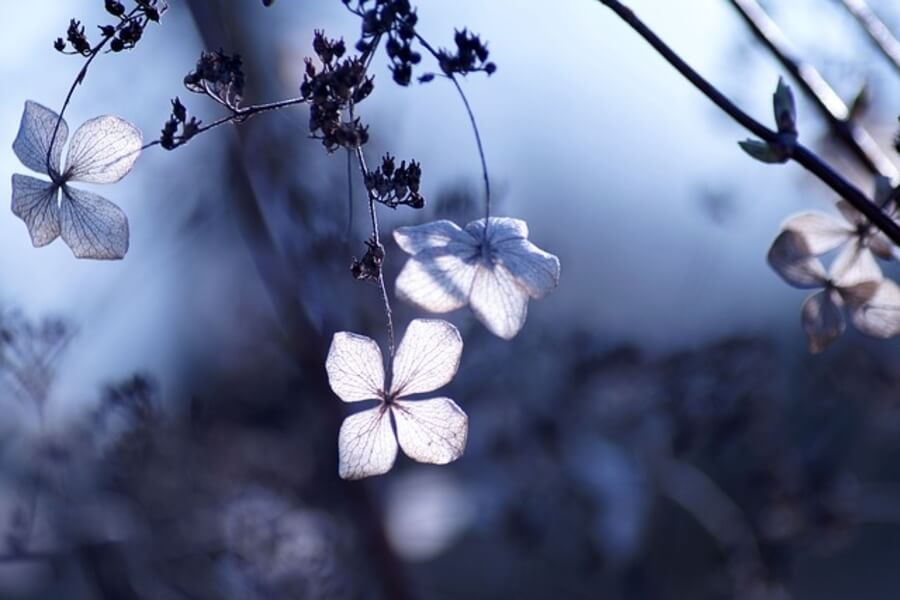
Although climbing hydrangea may be slow to start growing, it will creep on you quickly, reaching higher than 12m when fully grown. Make sure to plant in a large enough pot near a big enough support to hold it. Climbing hydrangea will tolerate most soils as long as they are fertile and moist, but require a bit of protected shelter[xvi].
Morning Glory
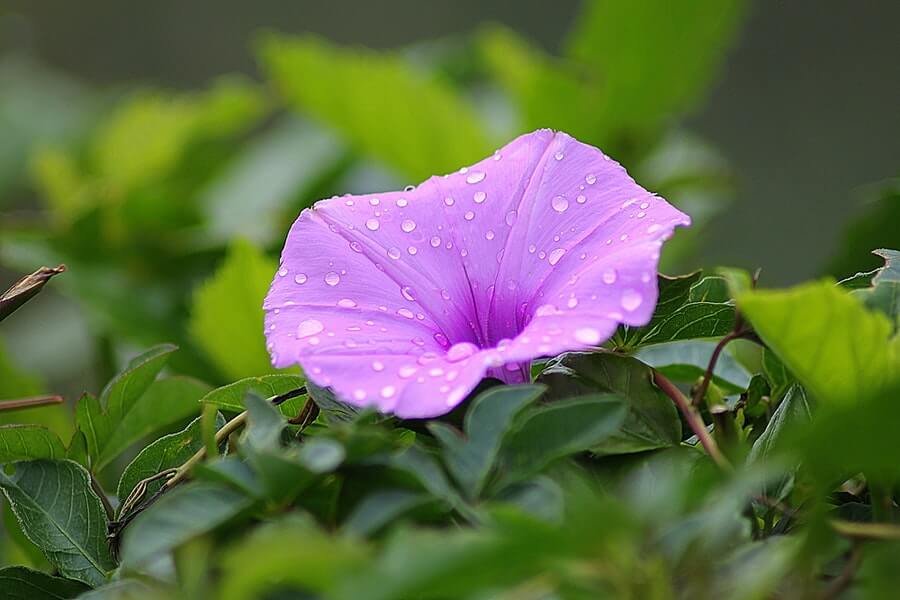
Common morning glory is a short-lived plant, yet can reach up to 8 metres in their short life span. Make sure to plant them in a warm location with shelter from strong winds. Morning glory is best encouraged to climb a trellis or archway for it to reach its full potential. Remember that morning glory will die in frost, but they’ll reseed themselves to grow back next year[xvii].
Support For Climbing Plants
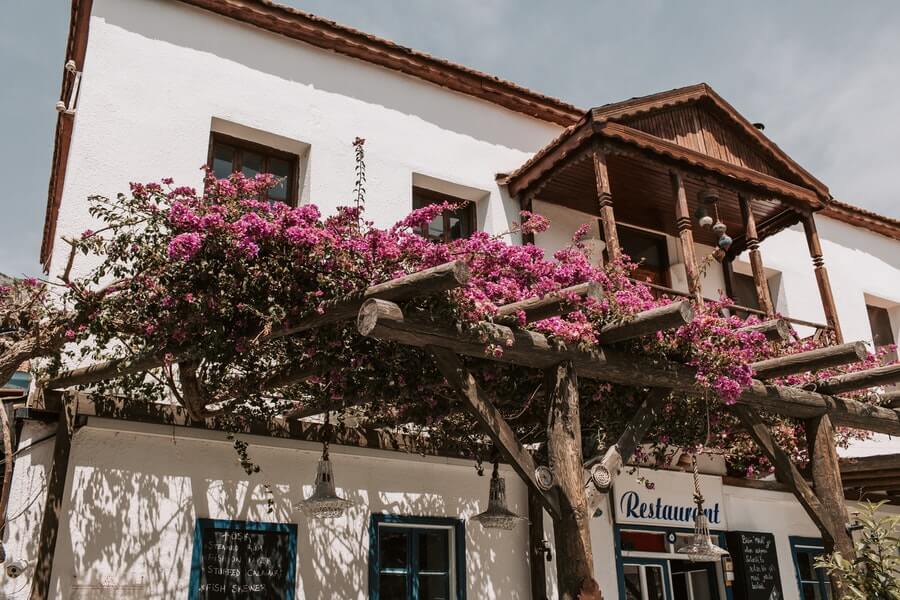
Unless they’re self-twining species, many climbing plants require a bit of extra support to grow properly. Luckily, there are several stylish ways that you can use as support for climbing plants:
- Garden Trellis – Garden trellises are a popular choice due to their aesthetic look and their ability to support any weight of climbing plants while providing a shaded spot.
- Stakes – A simple wooden stake placed in the ground when the seeds are first planted may suffice for smaller climbers. You will have to tie the plant as it grows to ensure it grows straight.
- Arches – A garden arch draped in climbing plants will make your entryway or pathway stand out.
- Cages – A tower cage removes the need for tying climbing plants to support, and will stop the plants from bending.
Climbing Plants For Every Garden
Many climbing plants are hardy enough to thrive in suitable conditions, and they make your garden look lovely when fully grown! Ensure that you keep your climbing plants attached to their supports to get the benefit of the blooms fully and give all areas of your garden some bursts of colour.
What are your favourite climbing plants? Let us know!
Sources
[i] https://www.rhs.org.uk/fruit/grapes/grow-your-own
[ii] https://www.rhs.org.uk/plants/3959/i-clematis-montana-i/details
[iii] https://www.rhs.org.uk/plants/19126/wisteria-sinensis/details
[iv] https://www.rhs.org.uk/plants/87545/i-rosa-i-climbing-iceberg-(clf)/details
[v] https://www.rhs.org.uk/plants/honeysuckle/edible
[vi] https://www.rhs.org.uk/plants/22402/i-lonicera-caprifolium-i/details
[vii] https://www.rhs.org.uk/plants/ivy/growing-guide
[viii] https://www.rhs.org.uk/plants/4790/i-crinodendron-hookerianum-i/details
[ix] https://www.rhs.org.uk/fruit/quince/grow-your-own
[x] https://www.gardenersworld.com/how-to/grow-plants/how-to-grow-virginia-creeper/
[xi] https://www.gardenersworld.com/how-to/grow-plants/how-to-grow-virginia-creeper/
[xii] https://www.rhs.org.uk/plants/18287/i-trachelospermum-jasminoides-i/details
[xiii] https://www.rhs.org.uk/plants/passion-flower/conservatory
[xiv] https://www.rhs.org.uk/plants/92094/i-rosa-i-font-face-times-new-roman-gertrude-jekyll-font-ausbord-sup-(pbr)-sup-(s)/details
[xv] https://www.rhs.org.uk/plants/campsis/growing-guide
[xvi] https://www.rhs.org.uk/plants/hydrangea/climbing
[xvii] https://www.rhs.org.uk/plants/56562/i-ipomoea-purpurea-i/details
Ryan Jenkins is a professional gardener and has been working in the gardening industry for over 25 years. This has allowed Ryan to accumulate a vast wealth of gardening knowledge which he shares on the Sefton Meadows blog.


